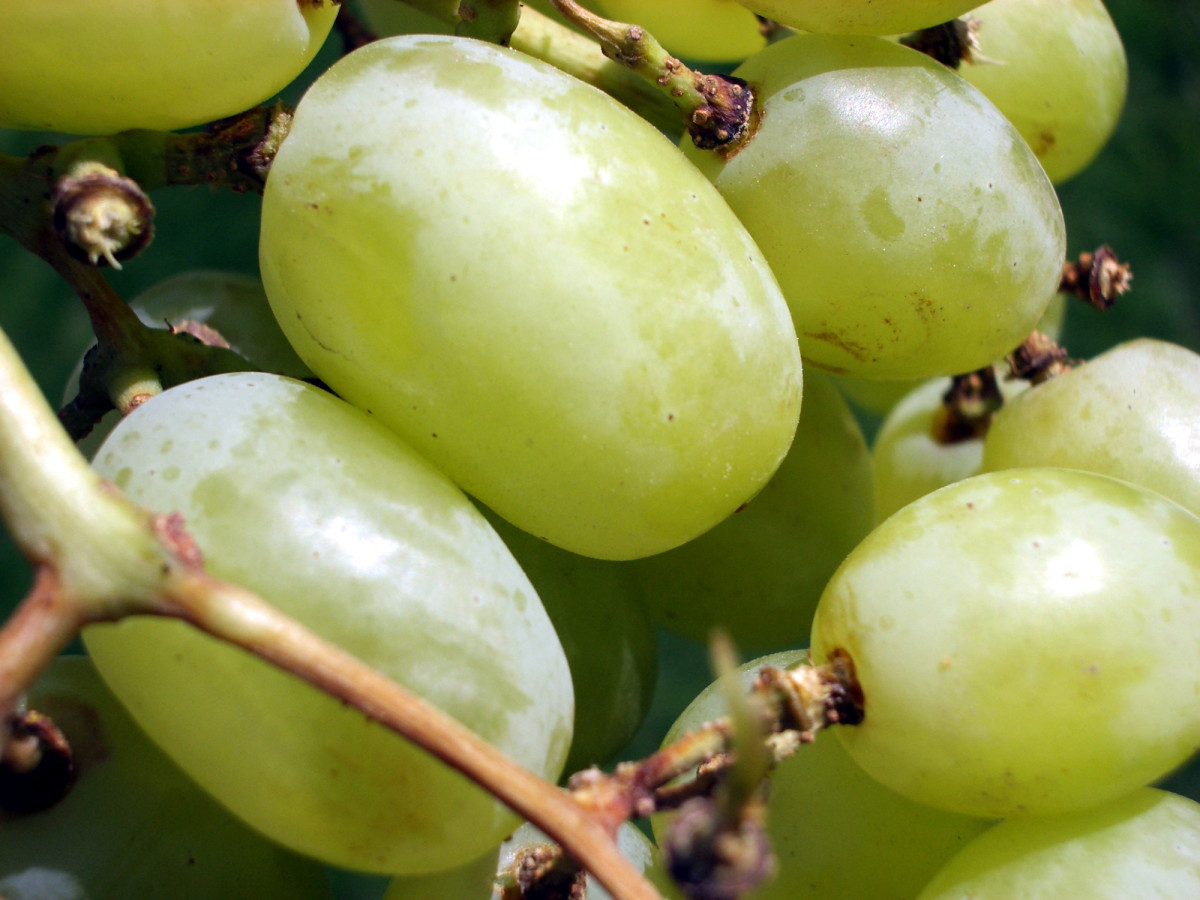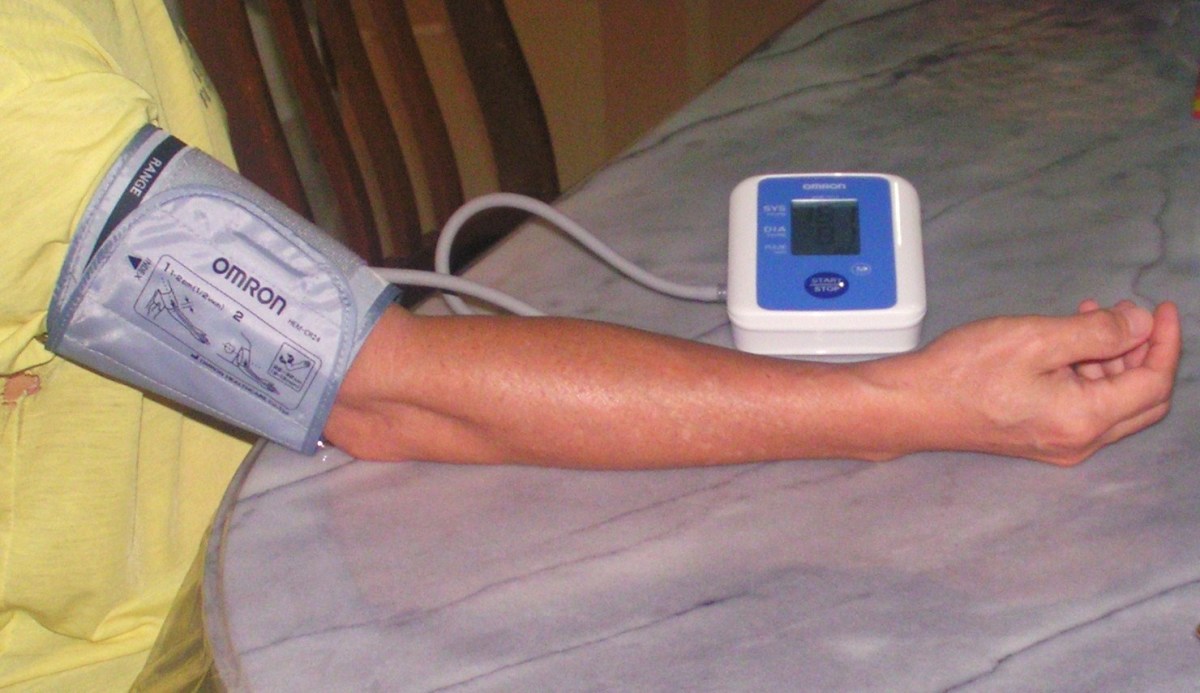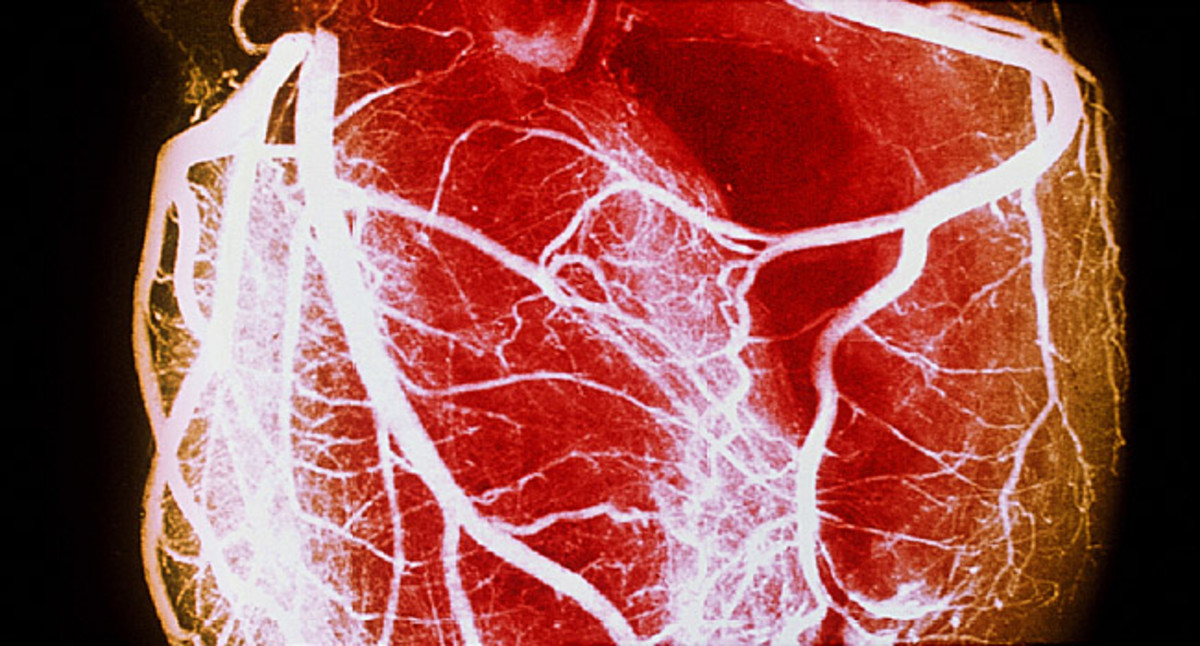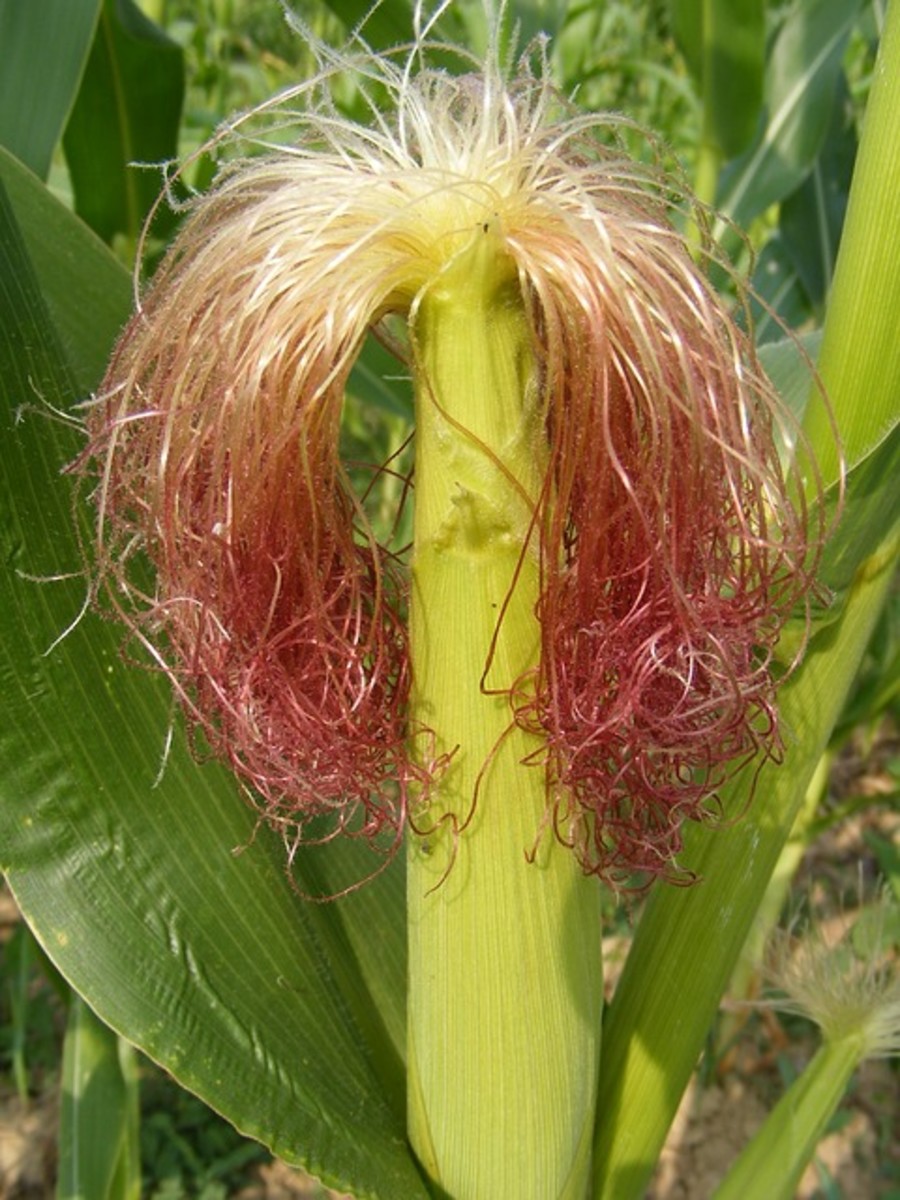How To Reduce Risk Of Stroke
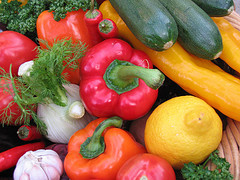
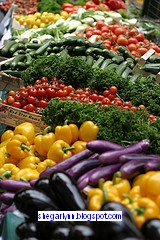
What Is Stroke?
Strokes occur when brain cells die due to a disruption in blood flow to the brain, as when clots block arteries (thromboembolisis). Clots that hinder blood flow cause mini-strokes. Uncontrolled bleeding in the brain (hemorrhage) is caused by ruptured arteries.
Nearly 160,000 people fall victim to fatal strokes each year, making these episodes the third-leading cause of death in the United States after hearts disease and cancer. A third of all strokes take place in just 10 percent of the population, among those who have a set of five risk factors: high blood pressure, elevated blood cholesterol, abnormal glucose tolerance (a sign of of diabetes)' smoking, and left ventricular hypertrophy, a heart abnormality. A checkup with your doctor can help determine which if any of these might be a problem for you. The good news is that many of these risk factors are within your power to control. Your best weapon, then, is prevention: You can lower your risk of stroke with healthy lifestyle measures that include giving up smoking, being physically active (perhaps taking a daily walk), and following a well-chosen diet, one that is designed to keep your blood pressure, cholesterol, and weight at healthy levels.
Stroke-Fighting Foods
- Bell and chili peppers
- Fish: salmon, tuna, trout, swordfish, and mackerel
- Fruits: bananas, cantaloupe, cranberries, and mangoes
- Leafy greens: romaine lettuce, kale, and Swiss chard
- Legumes, nuts, and seeds
- Onions and garlic
- Whole grains
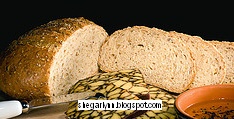
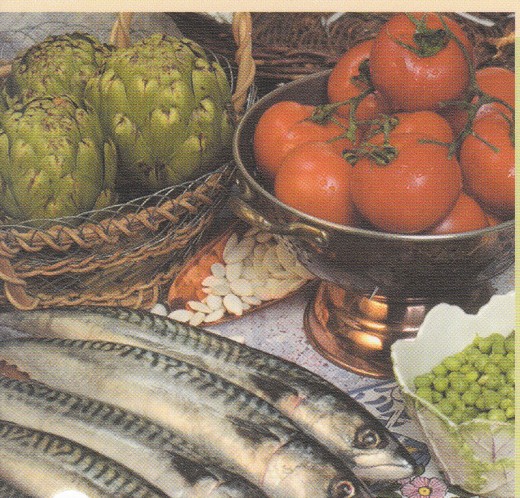
Strike Out Stroke
One of the first steps in reducing your stroke risk is to eat a diet rich in fruits and vegetables, which offer proven stroke protection: They are naturally low in fat, so they don't contribute to fatty blockages that can impede or weaken arteries and cause them to rupture. Plant foods are extremely high in fiber, which carries fats and excess cholesterol out of the blood. They are rich sources of potassium and magnesium, which help control high blood pressure. And fruits and vegetables contain antioxidants, such as vitamin C, that protect cells from damage. Vitamin E, another antioxidant, also reduces the "stickiness" of blood cells, which makes them less likely to clump together and clog arteries. In one study, people who ate about 9 servings of these foods per day were up to 30 percent less likely to fall victim to strokes than people who ate less produce.
A Concentrated Effort
Because stroke is so common and so serious, researchers have looked closely into how diet can lower risk. Many of the nutrients and properties they've identified as important are concentrated in fruits and vegetables. Certain types of fish and various grains and seed also contain special substances that can help control blood pressure and reduce blood's tendency to form clots. Here's what you get in specific categories of food:
Grains, Nuts, and Seeds Oats, oat bran, and other grains contain soluble fiber to guard against fat buildup that can weaken arteries and increase their chances of rupturing. Sunflower and pumpkin seeds, almonds, and peanuts (including nut butters) are good sources of vitamin E, a nutrient that helps fight the formation of blood clots.
Fruits and Vegetables Bananas, mangoes, green beans, and potatoes contain healthy amounts of potassium, a mineral that keeps blood pressure from climbing. Leafy greens like Swiss chard and kale also provide magnesium, which helps maintain safe blood pressure levels. They also contain a lot of vitamin E. Chili peppers contain antioxidants that can prevent stroke-including blood clots.
Cold-Water Fish Scientists attribute the low rates of heart disease and stroke found among native Greenland men to the high amounts of cold-water fish they consume. Fatty fish like salmon, tuna, sardines, and swordfish are rich in omega-3s, essential fatty acids that can lower bad LDL cholesterol and lessen the tendency of blood cells to stick together.
Onions and GarlicThese and other members of the allium family, such as leeks, containsulfur compounds that thin the blood and help keep blood pressure down. Research also suggests that they can lower high cholesterol levels.
Red Wine and Black TeaSubstances called flavonoids, found in red wine and black tea, appear to protect arteries from damage and help blood resist clotting. Because large amounts of alcohol can have the opposite effect, increasing risk of stroke and other problems. Red grape juice may be a good alternative to wine. If caffeine is a concern for you, choose decaffeinated varieties of tea.
Foods To Avoid
Salty, fried, and full-fat foods contribute to high blood pressure, high cholesterol, and elevated stroke risk. Marbled red meats, cuts rimmed in fat, and poultry with skin also raise risk due to their high cholesterol and saturated fat content. Tropical oils, such as coconut, palm, and palm kernel, are also saturated fats to be avoided. Use heart-healthy olive or canola oil when possible.


